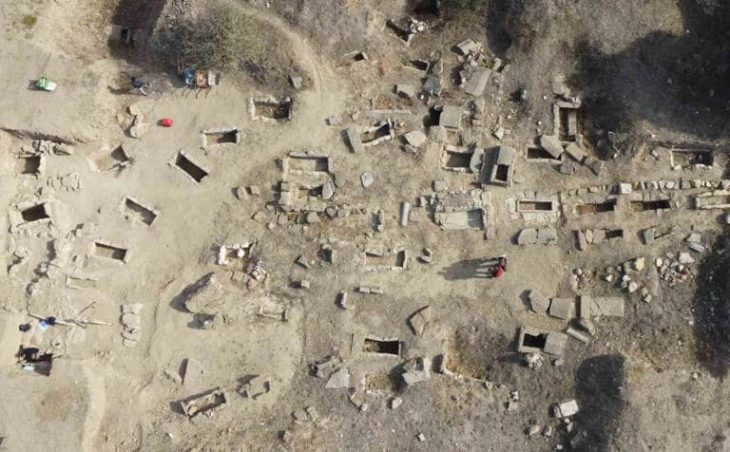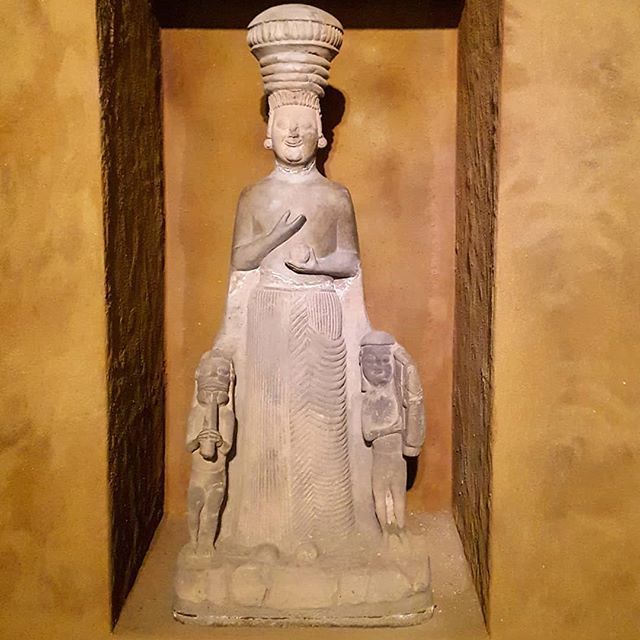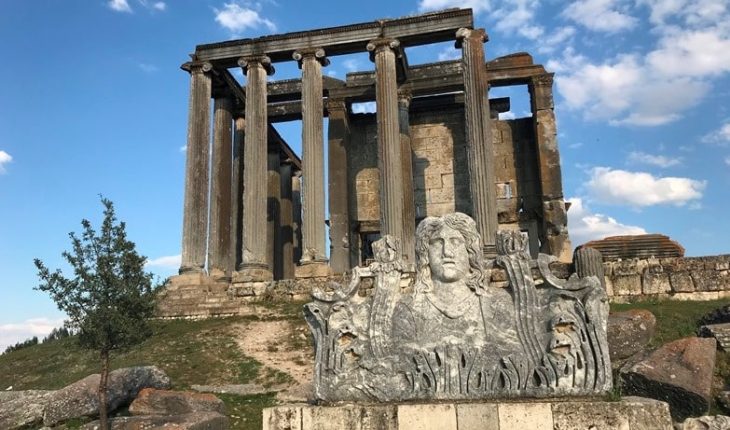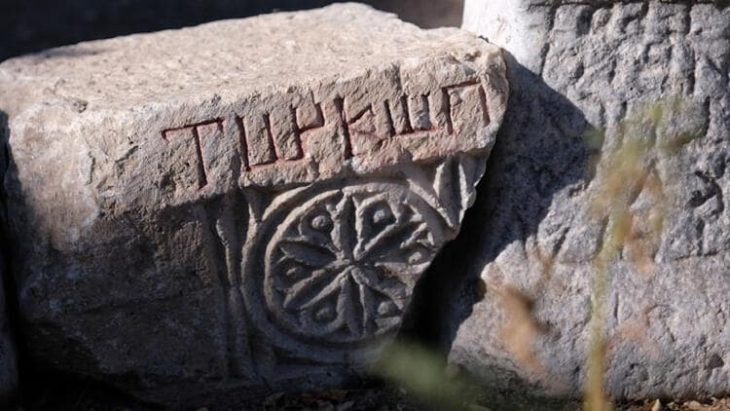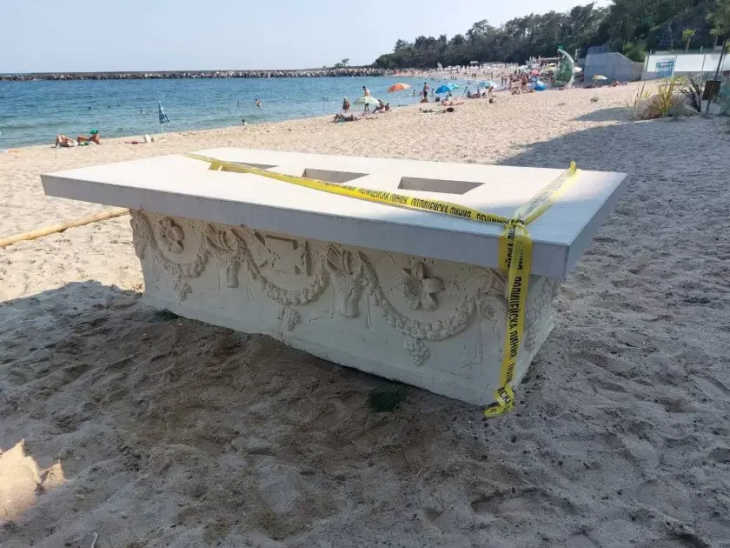According to a news from Trt World, A historian who was in the news recently for claiming a church in Konya’s Sille was the first in Christian history reconsiders, saying he means that St Peter’s Cave Church in Antioch is not the first.
Olgunlu recently made the news in his native Turkey for claiming that the first church in history was not in Antioch (Hatay), as many sources say, including the Ministry of Culture and Tourism, but in Konya’s Sille district.
Olgunlu told Independent Turkce that the church in Sille was built in CE 327 by Constantine’s mother Helena, divulging to the website “The first church in the world is what is known as St Helena’s church.”
When asked about written sources that verify his claims, Olgunlu says he has used his expertise and imagination to conceive the idea. “But,” he adds,”I’m not saying the church in Konya is the first church in Christianity. What I’m saying is that the church in Antioch [St. Peter’s Cave Church] is not the first.”
He expands on the idea: “Before Christianity became accepted by the Roman Empire, many disciples of Christ practiced secretly in caves. The cave church in Antioch [‘kenise’, he calls it] is one of many in the area and we cannot tell which was earlier and which was later. Whereas the St Helena church provided a space to worship before Rome accepted Christianity, and it is a proper church [‘kilise’].”

Olgunlu says that the building as it is now has domes because it has been rebuilt on the same site, but then shifts gears. “What’s important is that we give up trying to provide sensational touristic headlines to our treasures,” he says. “Anatolia has many firsts, but we shouldn’t try to find them where there are none,” he continues, referring to St Peter’s Cave Church and a few others.
Olgunlu also mentions that “No other geography in the world can use plural when talking about civilisation, except Anatolia. We talk about Anatolian civilisations.” He goes on to say Turkey is not a mosaic. “A mosaic tile does not give an idea about the whole. Whereas Anatolia is a dough, from Gobeklitepe to the Hittites to the Ionians to the Romans to the Seljuks to the Ottomans.”
According to Olgunlu, “culture is the cause of something, and tourism is its indicator.” He says he wishes tourism professionals wouldn’t comment on historic sites according to their own agendas. “Tourism professionals should consult cultural historians, and the combination would be awe inspiring,” he concludes.

Who is Saint Helena?
According to historical sources Helena was born in Drapene in 250.
Although her husband divorced her on the grounds that she was not from a noble family, when her son Constantin became emperor, Helana gained the title of Empress.
In his eighties, she went on a pilgrimage to Jerusalem. He found the sacred items of Christ and brought them to Constantinapolis.
One of these sacred relics is known as the bones of St. Stephen, who was considered the first martyr for the Christian world.
St. Stefanos was the first killed person to be get fired and stoned from Jerusalem for believing in Christianity.
Having a devout, charitable and forgiving life, Helena was given the title of ‘mother of Christians’ by the fathers of the Iznik council.
While Roman emperors were given the title of “Caesar Augustus” after the year 31 B.C, it was accepted as a tradition that the spouses of the emperors were given the title “Augusta”.
Helena is known as the first time person who received this title through her son, although she was not the emperor’s wife.
It is said that the Saint Helena church in Konya was built with her permission.


